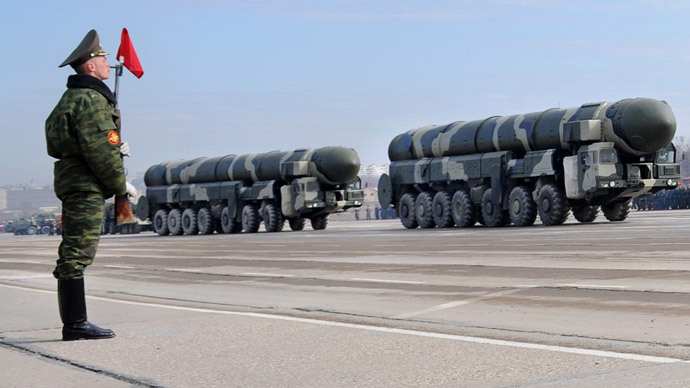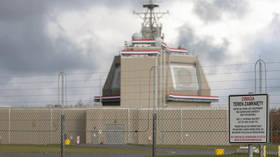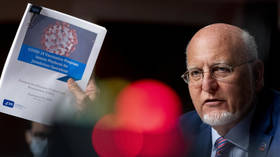Russia’s new military doctrine lists NATO, US as major foreign threats

Russia has adopted an updated version of its military doctrine, which reflects the emergence of new threats against its national security. NATO military buildup and American Prompt Global Strike concept are listed among them.
The new doctrine was approved on Friday by President Vladimir Putin. Its core remains unchanged from the previous version. The Russian military remains a defensive tool which the country pledges to use only as a last resort.
Also unchanged are the principles of the use of nuclear weapons which Russia adheres to. Their primary goal is to deter potential enemies from attacking Russia, but it would use them to protect itself from a military attack – either nuclear or conventional – threatening its existence.
The new sections of the doctrine outline the threat Russia sees in NATO’s expansion and military buildup and the fact that the alliance is taking upon itself “global functions realized with violation of international law.”
The doctrine lists among major foreign military threats “the creation and deployment of global strategic antiballistic missile systems that undermines the established global stability and balance of power in nuclear missile capabilities, the implementation of the ‘prompt strike’ concept, intent to deploy weapons in space and deployment of strategic conventional precision weapons.”

Another new point in the doctrine is that one of the Russian military’s goals is to protect national interests in the Arctic region.
READ MORE: Sneak peak at Russia’s ‘under renovation’ Arctic base
The document also points to the threat of destabilization countries bordering Russia or its allies and deployment of foreign troops such nations as a threat to national security.
Domestically, Russia faces threats of “actions aimed at violent change of the Russian constitutional order, destabilization of the political and social environment, disorganization of the functioning of governmental bodies, crucial civilian and military facilities and informational infrastructure of Russia,” the doctrine says.
Moscow sees international cooperation with countries sharing its effort to increase security, particularly members of BRICS, the OSCE, the Shanghai Cooperation Organization and others as the key to preventing military conflicts, the doctrine states.
Traditional threats that Russia must deal with mentioned in the doctrine include extremism and terrorism, proliferation of weapons of mass destruction and rocket technology and actions of foreign intelligence services.
The document notes that modern threats are increasingly drifting from a military nature to informational, and states that the likelihood of anyone launching a fully-fledged war against Russia is decreasing.












